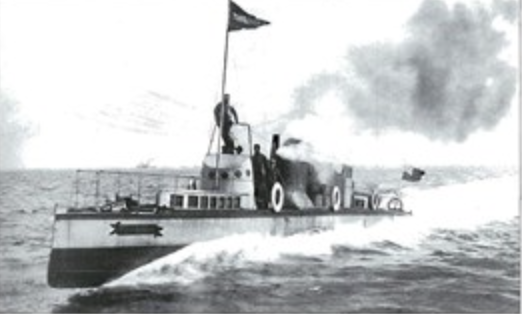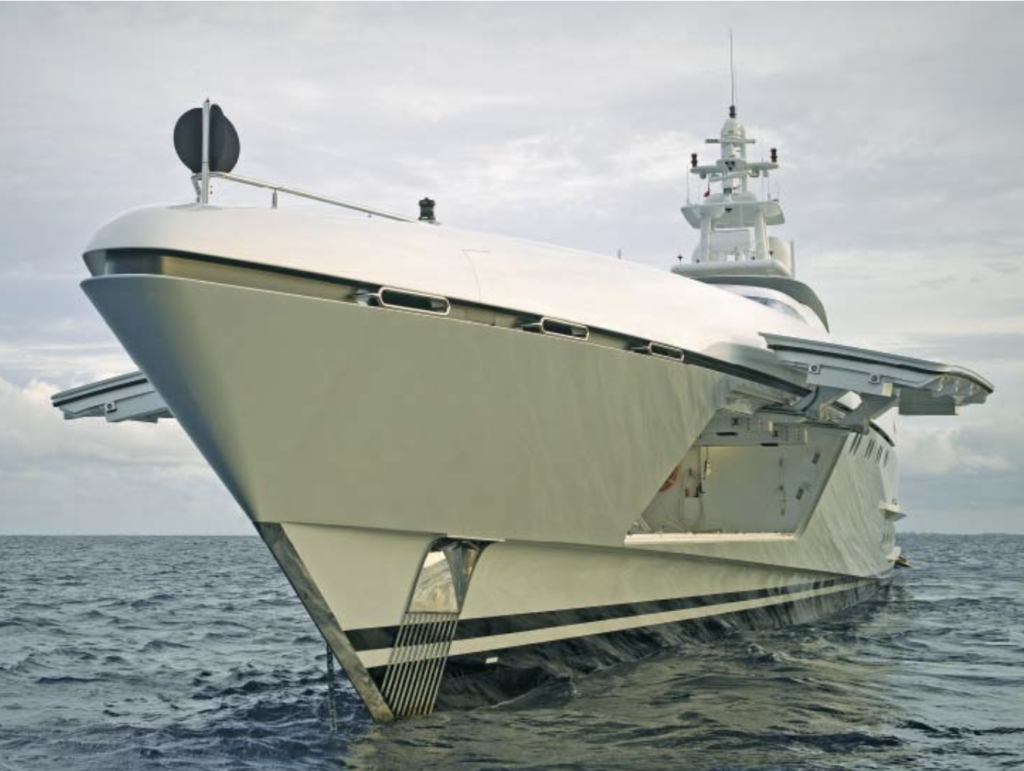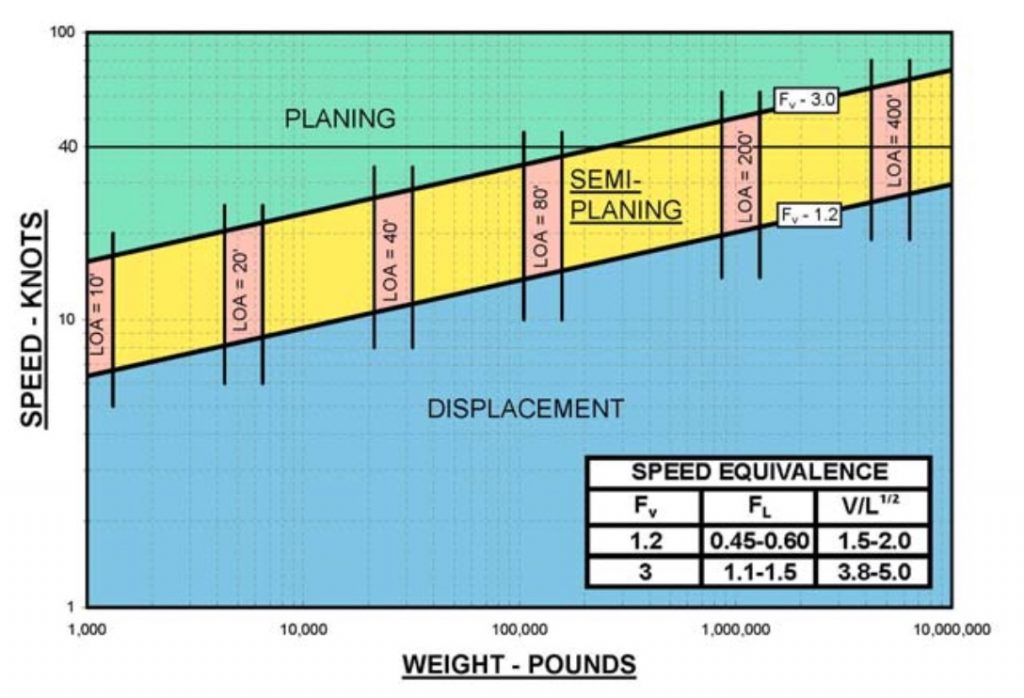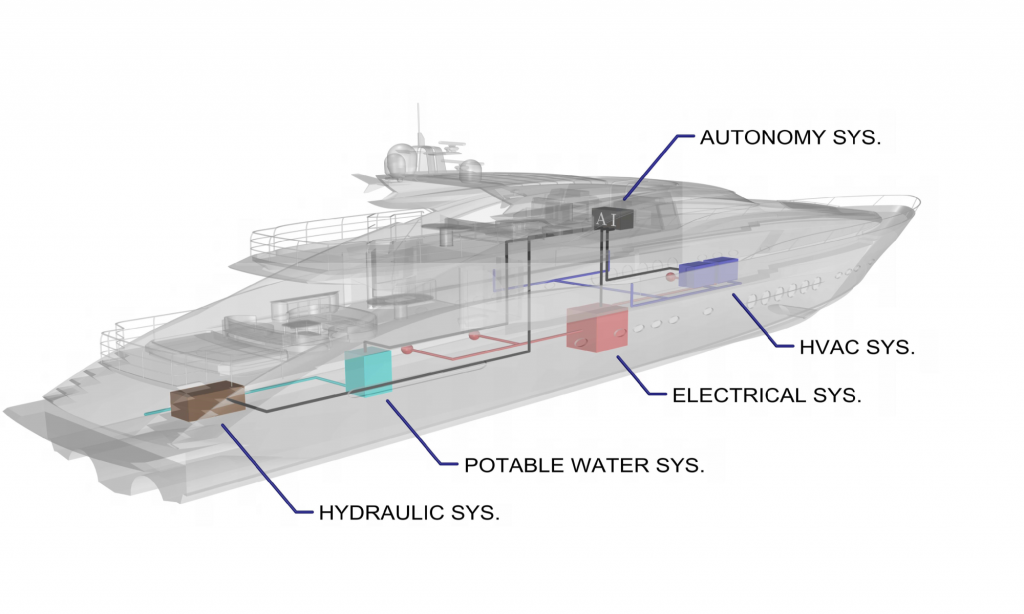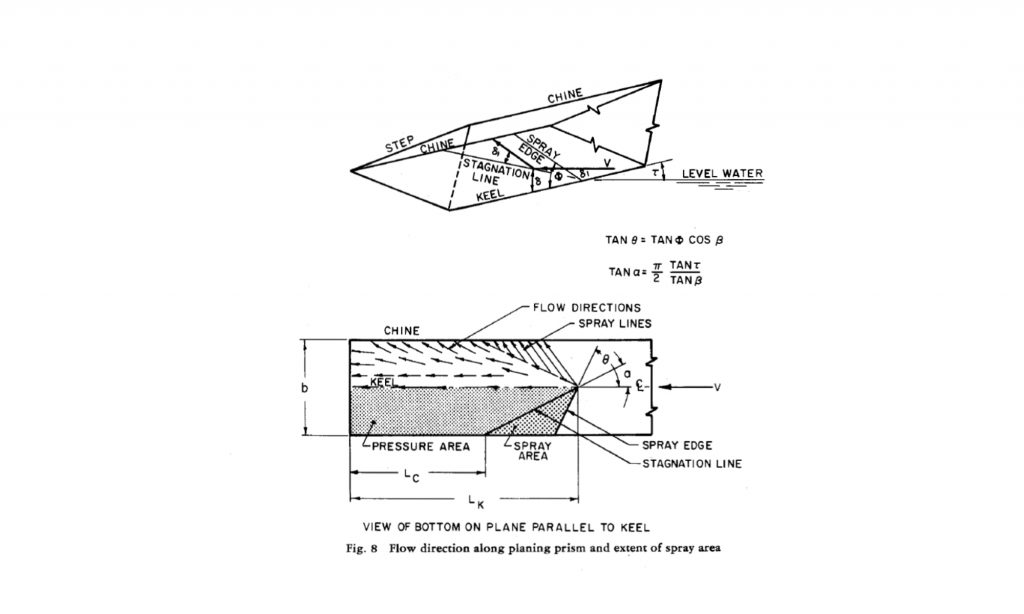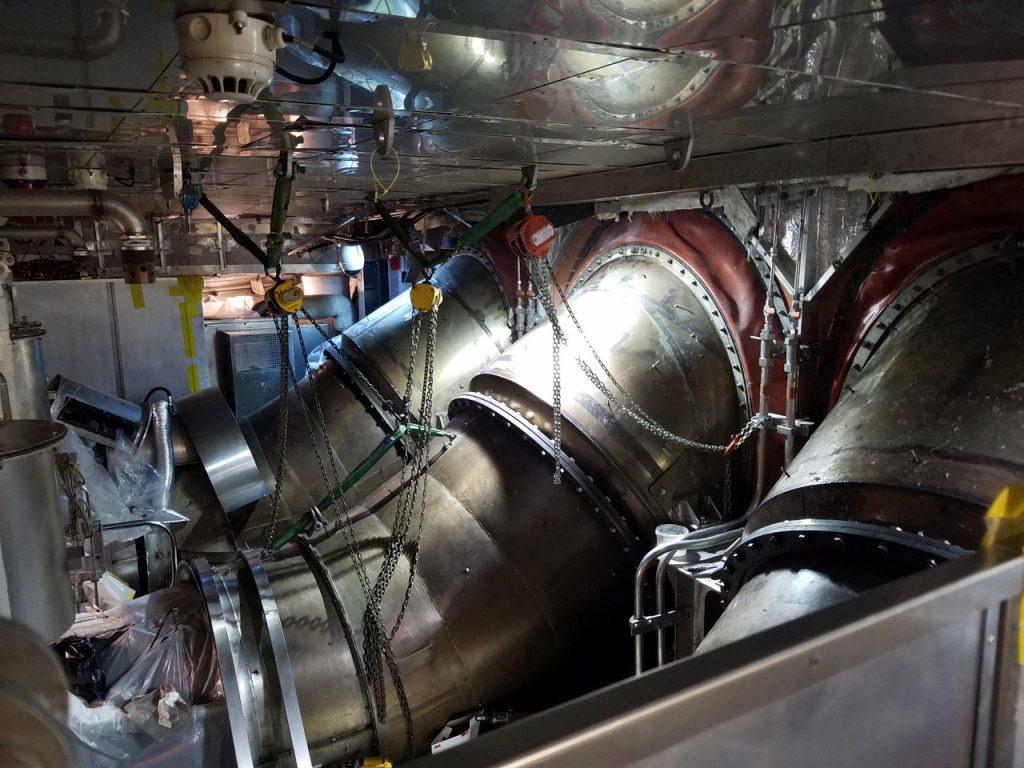Although the technology had been around for years at large scale applications, pod drives, or podded propulsors, showed up in the recreational boat world around 2005. A new product introduced by Volvo, the IPS, was a disruptor for the small power boat market.
Read More
In our estimation at DLBA, seakeeping considerations remain perhaps the most important element of boat design, for most boats. Certainly racing boats and other craft trying to set speed records have a need for speed which is paramount, but boats carrying workers, paying passengers, or recreational guests need to be comfortable.
Read More
In our estimation at DLBA, seakeeping considerations remain perhaps the most important element of boat design, for most boats. Certainly racing boats and other craft trying to set speed records have a need for speed which is paramount, but boats carrying workers, paying passengers, or recreational guests need to be comfortable.
Read More
The first step in having an efficient boat is to have an appropriate hull form for the intended vessel size and speed range. Most new recreational vessel designs today, with the exception of small outboard powered craft, fall into the non-dimensional speed range referred to as semi-displacement or semi-planing. While some people believe there are some minor technical differences in the terminology, we at DLBA believe they are one in the same.
Read More
Back in 2018 we added Donald Blount’s paper on the Design of Propeller Tunnels for High Speed Craft to our online library. Based on the interest received in this paper, we conclude that it remains a hot topic.
Read More
When you think about high speed craft, like the two projects SeaForce 410 CC and the CFD simulations for Scout Boats, one question that should flash through the designer’s mind is: “Will she become airborne?” This is an important question to know the answer to as it significantly increases structural loading on the hull structure and other components.
Read More
Our team has the pleasure of supporting many clients in the definition phase of their projects. In these early on, low maturity efforts, we have discovered the need to be able to produce relatively accurate design/product information in a short amount of time with little known information.
Read More
Ship performance is dependent upon resources from ship auxiliary systems that include ship electrical, chilled water, low pressure air, and hydraulic systems. Modern control systems have greatly improved ship survivability over traditional man in-the-loop control.
Read More
very Naval Architect who designs planing craft has heard of Daniel Savitsky and his contributions to the field of Hydrodynamics. His 1964 paper, “Hydrodynamic Design of Planing Hulls” is an important piece of work that should be in everyone’s toolkit.
Read More
The two fastest yacht projects we’ve collaborated on at DLBA stand out from the norm due to the use of gas turbine power plants. In this paper, we outline the engineering effort undertaken to develop the gas turbine exhaust and machinery space ventilation system for one of these special projects.
Read More



